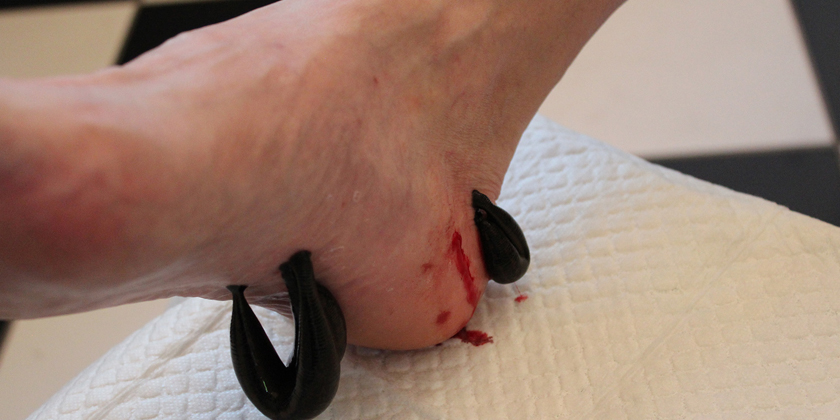Sports Injuries and Musculoskeletal Disorders with Leech Therapy: What You Need to Know
What is Leech Therapy for Sports Injuries?
Why Consider Leech Therapy for Sports Injuries?
The United States sees more than 3.5 million sports injuries and musculoskeletal problems occur with athletes each year according to the CDC. Through five years of sports research I have examined how hirudotherapy assists with pain management and inflammation reduction. Leech therapy remains outside mainstream sports injury treatment options but its bioactive compounds demonstrate potential benefits for certain conditions despite limited evidence (Frontiers).
How Leech Therapy Works
1. Mechanisms of Hirudotherapy
Leeches release more than 20 bioactive substances through their saliva which shows potential benefits in treating musculoskeletal disorders.
- Anticoagulant Effect: The substance hirudin blocks blood clots which leads to increased circulation in damaged tissues according to Healthline.
- Anti-Inflammatory: Eglin and bdellins function as compounds that decrease both swelling and pain as reported by ScienceDirect.
- Analgesic Action: Saliva compounds produce localized pain relief according to Gavin Publishers.
2. Applications for Sports Injuries
Leech therapy applied to sports injuries aims to treat conditions that involve either inflammation or poor blood circulation.
- Sprains and Strains: Reduces swelling in ligaments and muscles (ResearchGate).
- Tendonitis: Research suggests that certain treatments have the potential to relieve pain in Achilles or elbow tendons (NCBI).
- Arthritis: Eases joint inflammation in osteoarthritis (Frontiers).
Potential Benefits of Leech Therapy
- Pain Relief: The analgesic properties of leech saliva provide pain relief for individuals with musculoskeletal disorders (Gavin Publishers).
- Inflammation Reduction: Anti-inflammatory compounds help reduce swelling which leads to improved athletic recovery according to ScienceDirect.
- Improved Circulation: Improved blood circulation helps heal sprains and tendon injuries according to Healthline.
- Complementary Therapy: Physical therapy outcomes can improve when combined with leech therapy according to NCBI research.
Risks and Limitations
- Infections: Patients have a 7–20% risk of developing Aeromonas bacterial infections which could complicate the process of sports injury treatment according to PubMed.
- Excessive Bleeding: Medical attention becomes necessary for 50–100% of patients who experience prolonged bleeding (NCBI).
- Allergic Reactions: Rare cases of anaphylaxis reported (ResearchGate).
- Limited Evidence: Randomized trial evidence for leech therapy in sports injury treatment remains sparse and most available information comes from anecdotal sources according to Medical News Today.
- Contraindications: People who are anemic and those taking anticoagulant medication or with weakened immune systems should not undergo this treatment according to JAMA Network research findings.
Scientific Perspective and Research Gaps
Research from 2024 confirmed leech therapy works for osteoarthritis and venous congestion while identifying limited research for sports injury applications (Frontiers). Limited research shows knee arthritis patients experience pain relief with 60% reporting benefits but there are no strong clinical trials for treating musculoskeletal disorders such as tendonitis (ScienceDirect). Leech therapy remains experimental when treating sports injuries and should be administered as a supplementary treatment under medical control. Large-scale studies are needed to confirm efficacy.
FAQ: Leech Therapy for Sports Injuries
What is leech therapy for sports injuries?
The treatment known as leech therapy for sports injuries applies medicinal leeches to diminish pain and inflammation present in musculoskeletal disorders (NCBI).
Can it treat sprains or tendonitis?
ResearchGate indicates that leech therapy can help alleviate swelling and pain associated with sprains or tendonitis but scientific proof remains insufficient.
Is leech therapy safe?
Leech therapy has infection and bleeding risks and is not suitable for specific medical conditions (PubMed).
Should athletes use leech therapy?
The Mayo Clinic suggests athletes seek medical advice because physical therapy is a more scientifically supported treatment for sports injuries.



